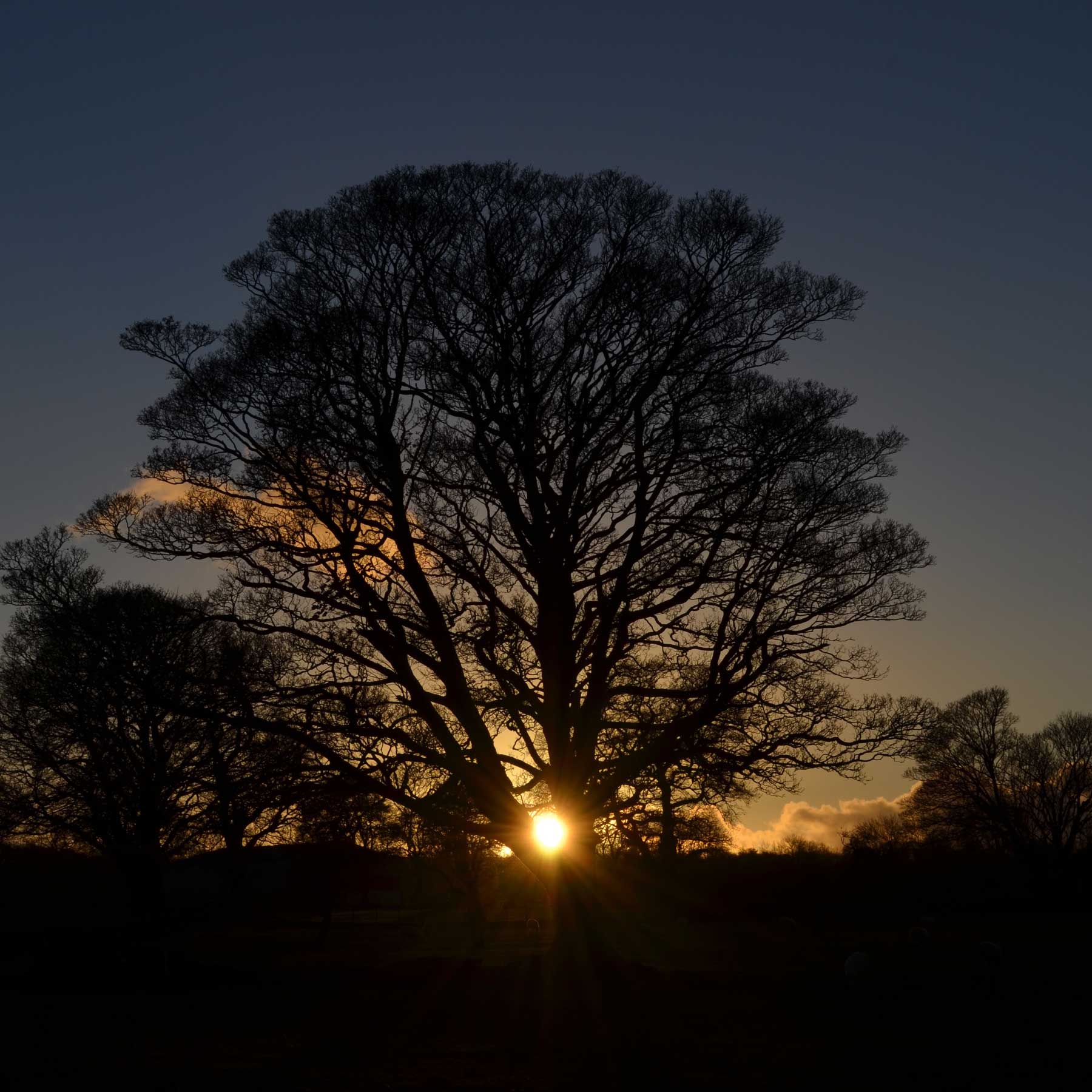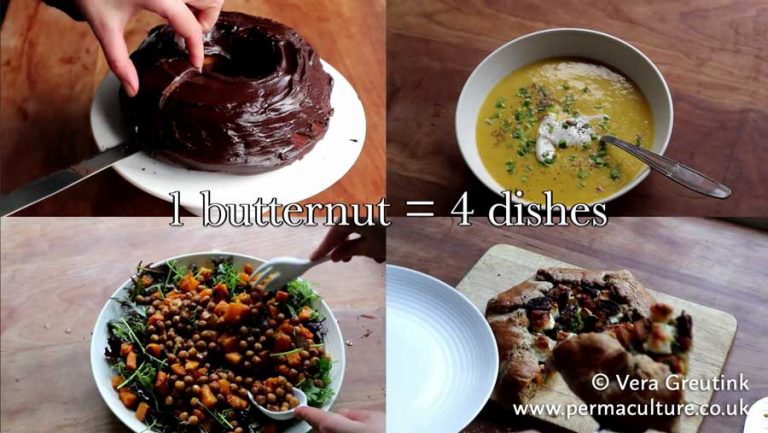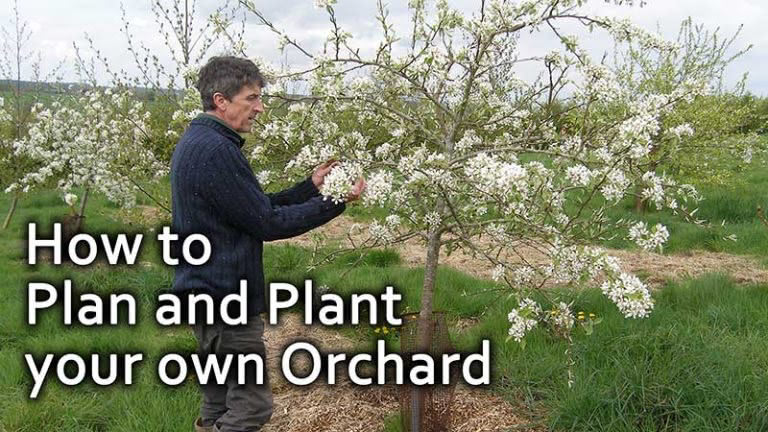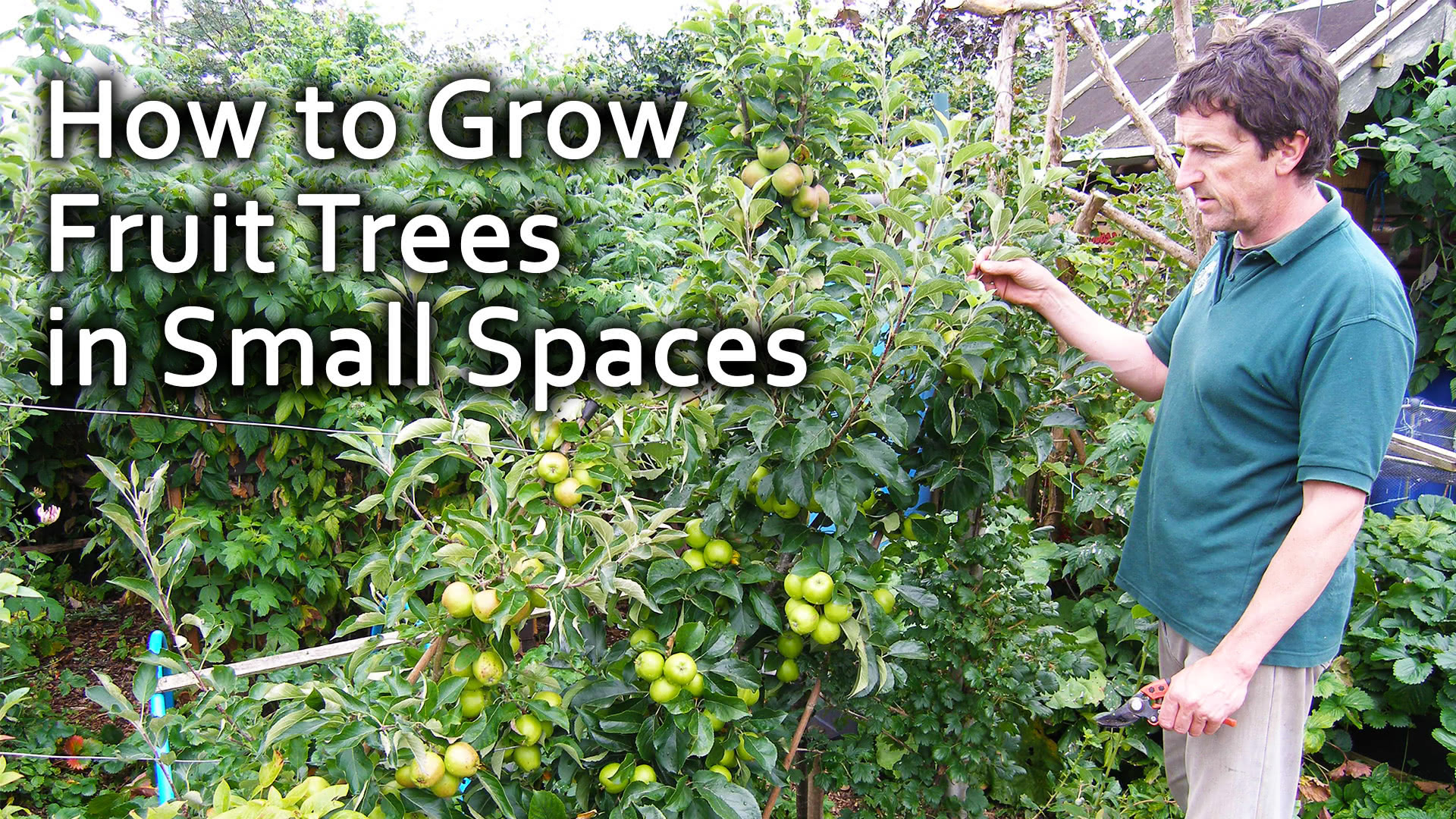Here in the UK we don’t really have an appreciation for the qualities of beans as a food staple, and bean seeds for shelling and drying for storage are not easily available in most seed catalogues. Neither do our culinary traditions include dishes that bring out their best and prompt us to want to grow what we want to eat. This timely new publication aims to change all that…
Beans are one of the most underrated and neglected garden crops, yet they are amongst our most nutritious, concentrated and durable foods. They are easy to grow, and it makes ecological sense to do so in a world where industrialised animal based agricultural practices are responsible for up 18% of global carbon emissions: producing 1 kilogram of beef emits around 60 kilograms of green house gasses, whilst by contrast 1 kilogram of beans emits just 1 kilogram. Beans also require less, if any, fertilisers compared with many other food crops, are water efficient, help to fix atmospheric nitrogen in the soil via interactions with rhizobial bacteria in their roots,
and are easy to store and transport when dried. Indeed beans and other pulses already play a vastly important role in food security in the so-called developing world.
As well as being good for the planet, beans are good for us too, playing an invaluable role in a healthy diet. They are high in protein and an excellent source of high fibre starchy carbohydrates which are much better for us than the sugary carbohydrates found in many processed foods. Beans are packed with vitamins and minerals, many contain iron, making them an important source for vegetarians and vegans, and B vitamins and traces of minerals such as potassium, copper, calcium, magnesium and zinc, and some even contain antioxidants which may help to prevent cancers.
Every variety of bean is tied into people and place, and is connected to local food cultures. For our own growing plots there are of course hundreds upon hundreds of beautifully coloured, wonderfully flavoured and heritage varieties of beans to choose from, although the focus in this book is on beans that are pretty much guaranteed to do well in European climates. ‘Must grow’ favourites recommended for the UK garden include borlotti beans, black beans, Fagioli and Greek Gigantes, although many, many more varieties are listed, many of which I’ve certainly never heard of before, offering a wide range of size, shape, flavour and diversity of culinary uses.
The climate emergency is forcing us to rethink global methods of food production and farming systems. It is clear that we need to move away from animal based industrialised agriculture in favour of small farm futures and locally based diet solutions. Beans and legumes will play a much larger role in any future diet for our small planet, and Susan Young here provides a comprehensive, practical and fun guide to their cultivation, history and many, many uses.
No Dig Organic Home and Garden
by No Dig Organic Home and Garden
Graham is an author and permaculture teacher and runs permaculture courses in North London through Naturewise and in West Essex at Dial House and is the founder of Spiralseed, an ethical organisation based around the three principles of permaculture, Earthcare, Peoplecare and Fair Shares.











